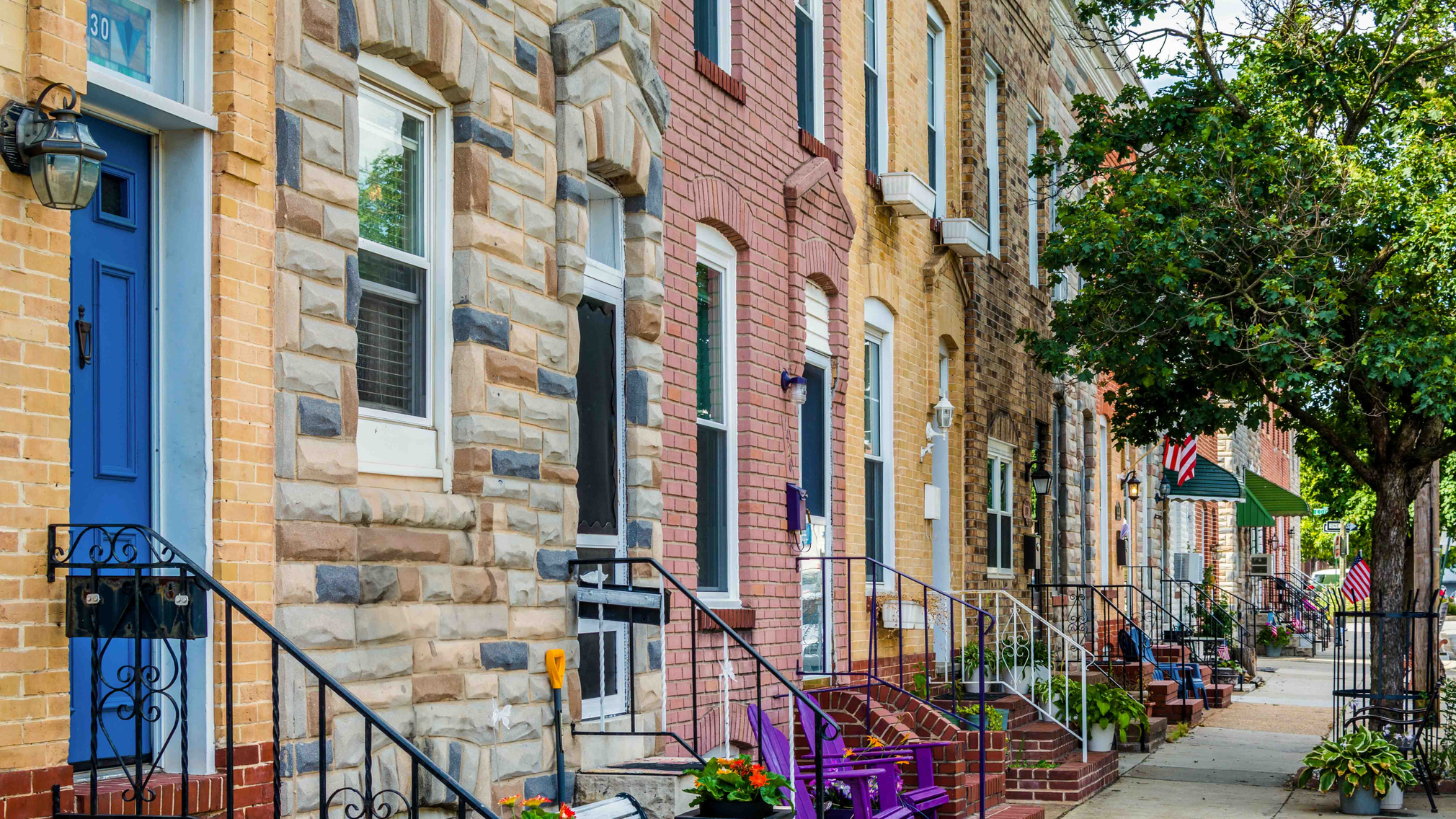Affordable Rental Housing: The Basics
Rental assistance programs can help make housing more affordable. Here’s how you can begin to access help if you’re struggling to pay the rent.


Written by Susan Kelleher on October 3, 2024
Key takeaways
- Definition of affordable housing: The U.S. Department of Housing and Urban Development (HUD) defines housing as affordable when rent does not exceed 30% of household income, based on area median income (AMI).
- Multiple affordable housing options: Affordable options include vouchers (e.g., Section 8), public housing, and income-restricted units; voucher holders typically pay ~30-40%, with the rest covered by HUD.
- Legal protections: Many areas prohibit landlords from rejecting applicants based on income source, including vouchers, and Zillow listings often highlight local legal protections.
If you live in a pricey market or struggle to make your monthly rent payment, you may be wondering what types of affordable housing options are available. Some of the more common options include subsidized housing, vouchers, income-restricted apartments and housing lotteries. We’ll explain what these terms mean, and look at how you could access lower-cost housing.
What is affordable housing?
The U.S. Department of Housing and Urban Development (HUD) considers housing affordable if your rent or mortgage payment consumes no more than 30% of your household’s income. If you’re paying more than 30% of your income on housing, HUD considers your household “cost burdened.”
Because the cost of housing varies across the country, HUD breaks the nation down into regions and determines affordability based on household incomes in any given area. The agency uses the area’s median income (AMI) to determine what income levels qualify for affordable housing programs.
Here’s a look at the different types of affordable housing programs and an overview of how to qualify.
Housing choice vouchers
- Who’s your landlord? An individual homeowner or property manager.
- Where can you live? In any property you qualify for that accepts vouchers.
This program provides rental payments directly to your landlord that cover a share of the rent in a privately owned rental. Also known as Section 8, this federal program provides housing assistance to very low-income families and elderly or disabled individuals. Eligible households can choose any rental that meets the requirements of the program, provided the property owner accepts vouchers.
Participating households pay about 30% — but no more than 40% — of their adjusted monthly income on rent. The government pays the remaining amount directly to the landlord on the household’s behalf.
The New York City Housing Authority (NYCHA) administers the largest Section 8 program in the country, with approximately 85,000 vouchers and over 25,000 property owners participating.
To protect renters, state and local governments have adopted laws barring landlords from refusing to rent to people based on the source of their income.
As of September 2024, 23 states and 153 cities and counties, and Washington, D.C. have passed source-of-income discrimination laws, according to the Poverty & Race Research Action Council, a civil rights law and policy organization based in Washington, D.C.
The laws can differ from place to place. For example, some places only protect certain income sources such as alimony or palimony. Others explicitly include sources of public assistance, such as those provided through housing vouchers and rapid re-housing. Still others have laws that do not require landlords to participate in rental assistance programs like housing vouchers.
Once a voucher holder finds a rental that accepts vouchers and agrees on the lease terms, the local public housing agency (PHA) issuing the voucher will inspect and approve the property to make sure it’s safe and the rent is reasonable. Once the rental is approved, the PHA pays a portion of the monthly rent directly to the landlord.
A quick way to see whether a rental home is located in a place that bans income-based discrimination is to check Zillow rental listings. Each listing has a section titled “Local Legal Protections,” which will let you know which, if any, source of income protections apply to that listing.
Public housing
- Who’s your landlord? A local public housing agency.
- How do you apply? Through the public housing agency.
- Where can you live? In the specific housing unit you apply for.
These publicly owned and managed properties offer rents well below market rate, enabling renters to pay only 30 percent of their income on rent and utilities, even when their incomes are very low.
According to the Urban Institute, public housing provided shelter for more than 1 million low-income households in 2020, most of them seniors, people with disabilities, and families with children. The institute reported that the average annual income of households in public housing that year was $14,444, with 91% percent of households meeting the US Department of Housing and Urban Development’s definition of very low income, and 72% meeting the definition of extremely low income.
Public housing has suffered from underfunding for decades, which led to many buildings falling into disrepair. Cities around the country have undertaken or are planning to redevelop their public housing, taking new approaches that include spreading lower density units across neighborhoods and focusing new developments in mixed-income buildings or communities.
Income-restricted multifamily housing
- Who’s your landlord? The building owner or property manager.
- How do you apply? Through the property manager’s standard application process.
- Where can you live? In the specific unit you apply for.
Rent for income-restricted multifamily housing is usually tied to the area median income (AMI); a renter earning 80% of AMI (low income) would pay more than a renter earning 50% of the AMI (very low income). Renters who meet the preset income requirements apply directly through the apartment leasing office or property manager.
You can find income-restricted multifamily housing on Zillow by using the "more filters" section of the search bar on the Zillow app or website.
New York City Housing Lotteries
- Who’s your landlord? The building owner or property manager.
- How do you apply? Through the property manager’s standard application process.
- Where can you live? In the specific unit you apply for.
You can browse and apply for available affordable housing lotteries in New York City through NYC Housing Connect, which allows you to search based on household size, income, and your budget.
Demand for affordable units in the city is huge, so the lotteries help equalize the chances of gaining access to an affordable unit.
The lottery also includes apartments for purchase, known as Housing Development Fund Corporation cooperatives, or HDFC co-ops, but those units are far fewer than rentals and come with a number of drawbacks. Learn how NYC lotteries work.
How to apply for housing assistance
Renters interested in public housing and housing choice vouchers can apply through the local public housing agencies that manage these programs on behalf of HUD. You can search for your local PHA on the HUD website.
Many programs have long waiting lists and limited enrollment periods, and tend to prioritize the lowest income households. If your local public housing authority is one of them, ask if there are additional programs in your area that can provide more immediate housing assistance.
Resources
Find an apartment you’ll love on Zillow
With Zillions of up-to-date listings and filters for your must-haves, it's easy to find your perfect apartment on Zillow Rentals.
Search rentals


